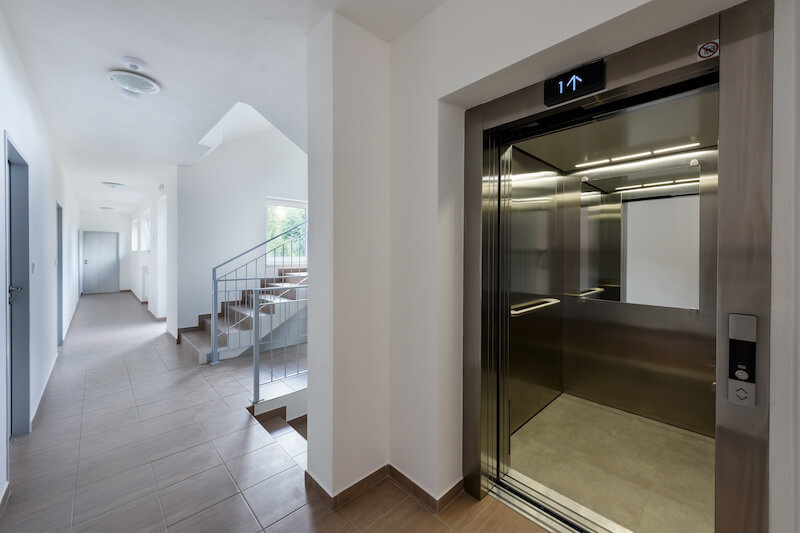Condominium vs Apartment: Condo Ownership Rights Guide
Posted by EdmontonRealEstate .ca on Tuesday, October 18th, 2022 at 2:12pm.

Are you trying to decide between buying a condo or a house? There are many great reasons to invest in condos for sale. They usually have less exterior maintenance and include access to an array of shared amenities within the community. Pools, spas, fitness centres, sporting courts, and clubhouses are common shared-used spaces amid condo neighbourhoods.
These low-maintenance perks and communal amenities are made available by the condo ownership rights that dictate the differences between the homeowner's property and the condo association's property. So what do you actually own when you buy a condo? This article provides an easy-to-follow framework for distinguishing your rights and responsibilities as a condo owner.
Condominium vs. Apartment: What's the Difference?
Both condos and apartments refer to individual units within multi-family properties. The primary difference between the two lies in the area of ownership, rental rights, and the occupant's duties. In short, apartments are rental units, whereas condos can be purchased.
Condos offer exclusive ownership, and these units can often be rented out to tenants. Owners are accountable for property taxes, association dues, the repair or replacement of major systems, and the upkeep of interior spaces.
Unlike condominiums, apartments are owned by a corporation and are only available for rent. Similar to condos, the exterior upkeep is handled by other parties, but the property management company or landlord maintains the unit's interiors.
Condo ownership can provide numerous benefits that renting typically doesn't. Apartments can be extremely low maintenance, but tenants are limited in the ways they can customize or upgrade the property. Owners have more maintenance responsibilities but have more freedom to when it comes to condo interior designs and permanent modifications.
Do I Own the Land Under My Condo?
There are two types of condo ownership: traditional conventional condos and bare land condominiums. Owning a bare land condo means that owners also buy the plot of land on which the property is built. People who buy conventional condos own their individual unit and share ownership of all other investors in the condominium complex.
Bareland condos tend to cost a bit more than conventional condos due to land ownership. However, these units can offer advantages that might make the investment worthwhile for some buyers who want more control over their landscaping and the condo's exteriors. Yet, owners will need to be prepared to spend more time dealing with maintenance than conventional condo owners.
Like conventional condominiums, all property that falls outside the owners' unit, such as sidewalks, walkways, parking lots, etc., are considered common elements. Hence, these areas are maintained and repaired by a community association or property management company with funds collected from the unit owners through fees.
Owners of conventional condominiums have ownership of everything inside their property based on the boundaries set out in the bylaws and association rules. Check the bylaws and the buyer contract to determine what is part of the unit and common property to find out what land you may or may not own.
Who Owns the Common Areas in a Condominium?

Buyers of condos will typically own an "interest" in the common areas overseen by the community association. Areas that aren't part of the specific unit are considered common elements and exclusive-use common elements.
Common and limited elements are parts of the community assigned to individual units, but they are most often considered community property. These areas are available for all condo owners and tenants in many situations. These elements might include:
- Parking Areas & Sidewalks
- Swimming Pools & Spas
- Fitness Centres & Gyms
- Clubhouses & Common Rooms
- Elevators & Hallways
- Green Spaces, Parks & Trailways
Exclusive-use common elements include amenities and areas designated for the private use of a specified unit or units. Such areas often include patios, balconies, parking spots, loading docks and storage areas.
While the specified occupant uses these, these spaces are technically owned by the community association. The dues of others maintain them with an "interest" in the property. Condo owners can better understand common and exclusive areas by investigating their ownership or leash documents or by researching information from the Alberta Condominium Association.
The Benefits of Condo Ownership
The cost of condos vastly varies, ranging from start-up units to luxury condos that can cost millions. Condos make great primary residences or rental properties.
In addition to lower price ranges in general, most outdoor maintenance is handled, giving owners and tenants a bit more free time on their hands.
The onsite amenities also can provide a desirable lifestyle for a fraction of what it would cost to add those same perks to a single-family home. In addition to recreational amenities, condos might include security amenities, like gated boundaries or on-site security.
Additional benefits include that owners will have a say in how the condo community association operates. Each owner gets a vote to consider improvements and can even be elected to serve on the board of directors to be more involved.
Reap the Benefits of Condo Ownership
With less maintenance and the overall costs involved in owning a condo, many buyers find them to be a better choice than apartments and traditional single-family homes. By understanding the ownership rights of condos, you can be better prepared to transition from renter to homeowner.

